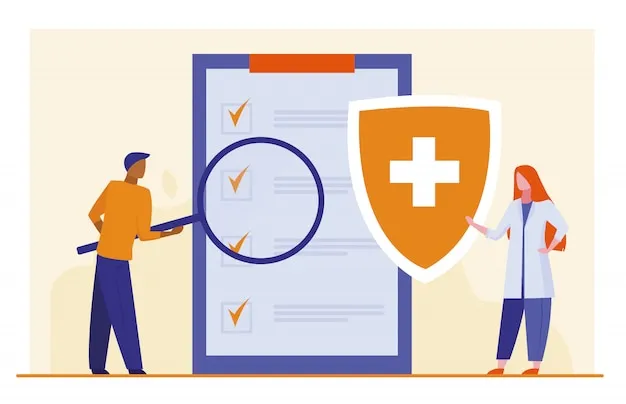At Cadence Collaborative, we get it—insurance verification and authorization might not be the most exciting parts of healthcare, but they’re absolutely essential.
These steps are the backbone of the revenue cycle, making sure patients get the care they need while your practice gets paid on time.
Think of it as the second stage in the Revenue Cycle Management (RCM) process. When done right, it’s like a well-oiled machine: no billing errors, fewer claim denials, and a seamless experience for everyone involved. Sounds good, right?
So, what exactly do insurance verification and authorization involve? Why are they so important?
And most importantly, how can we help make these tasks less stressful and more efficient for your practice? Let’s break it down together.
What Is Insurance Verification?
Insurance verification is the process of confirming a patient’s insurance coverage before services are provided. It involves checking the accuracy of the patient’s insurance information, determining what services are covered, and identifying any out-of-pocket costs.
Accurate insurance verification ensures that both patients and providers are on the same page regarding what the insurance will cover and what the patient is responsible for paying.
It’s the first line of defense against billing errors and claim denials.
What Is Prior Authorization?

Prior authorization, sometimes referred to as pre-authorization, is the process of obtaining approval from an insurance company before delivering certain medical services. Insurers use this step to confirm that the recommended treatments are medically necessary and align with their coverage policies.
While it may seem like an additional administrative hurdle, prior authorization is essential for avoiding claim denials and ensuring patients receive the care they need without unexpected costs.
Insurance Verification: Breaking Down the Essentials
Insurance verification is the cornerstone of efficient healthcare delivery and a smooth revenue cycle. Before any service is provided, it’s essential to confirm that a patient’s insurance is active and their plan covers the required procedures or treatments.
This process helps avoid surprises, such as denied claims or unexpected out-of-pocket costs, which can disrupt both patient trust and practice cash flow.
What Patient Information Is Required for Verification?

Insurance verification begins with gathering accurate and comprehensive patient information. This includes essential details such as the patient’s full name, date of birth, insurance ID number, group number, and policyholder information if the patient is not the primary policyholder.
Contact details like phone numbers and email addresses may also be necessary for communication. Beyond personal details, understanding the patient’s coverage specifics—like the type of plan and any secondary insurance—is critical for avoiding errors or delays.
How to Confirm Insurance Coverage Details Efficiently
Efficiency in insurance verification hinges on leveraging technology and clear communication. Practices should use automated tools or portals provided by payers to verify eligibility in real-time.
These platforms allow for quick checks on the status of the patient’s policy, coverage limits, and active benefits.
For practices without advanced tools, direct communication with insurance representatives can be effective, though time-consuming. During these calls, it’s important to confirm not only coverage details but also co-pays, deductibles, and coinsurance responsibilities.
Understanding In-Network vs. Out-of-Network Coverage
The distinction between in-network and out-of-network coverage has a significant impact on both patients and providers.
In-network providers have negotiated agreements with insurers, leading to lower out-of-pocket costs for patients and more predictable reimbursements for practices.
Out-of-network providers, however, may not be covered or may require higher patient payments, which can create barriers to care and increase the likelihood of unpaid bills.
Verifying whether your practice is in-network for a patient’s plan is crucial to setting expectations.
At Cadence Collaborative, we help practices navigate these complexities, ensuring that patients are informed about their coverage and financial responsibilities before they receive care.
Prior Authorization: Ensuring Approval for Critical Services
While it might feel like an extra layer of bureaucracy, prior authorization serves a critical function in reducing unnecessary costs and maintaining adherence to payer guidelines.
Which Services Typically Require Prior Authorization?
Prior authorization is often required for specific treatments, diagnostic procedures, or medications that insurers consider high-cost or high-risk. Examples include advanced imaging like MRIs and CT scans, elective surgeries, specialty medications, and certain therapies such as physical or occupational therapy.
Each payer has its own list of services requiring authorization, and these lists are updated frequently.
Step-by-Step Guide to Submitting Authorization Requests
- Identify Services Requiring Authorization: Begin by confirming whether the proposed service falls under the insurer’s prior authorization requirements.
- Gather Supporting Documentation: Collect all necessary clinical notes, test results, and physician referrals that justify the medical necessity of the service.
- Submit the Request: Use payer-specific portals or submission methods to send the authorization request along with supporting documents.
- Follow-up: Regularly check the status of the request to ensure it’s being processed. Contact the payer if there are delays or additional documentation is requested.
- Communicate with Patients: Inform patients of the authorization status and any changes to their treatment plan based on insurer decisions.
The Challenges of Prior Authorization
Prior authorization, while critical, comes with its own set of challenges:
- Complex Requirements: Different payers have varying guidelines, making it difficult to keep track of what’s required.
- Time-Consuming Processes: Obtaining prior authorizations can take days or even weeks, delaying care.
- Denials and Appeals: Errors in documentation or missing information can lead to denials, requiring additional time to appeal.
Our team at Cadence Collaborative specializes in managing these complexities. We work closely with payers and providers to ensure accurate submissions, timely approvals, and minimal disruptions.
How Technology Simplifies Verification and Authorization
Leveraging technology is one of the most effective ways to streamline insurance verification and authorization.
Tools like automated eligibility checks, prior authorization platforms, and integrated EHR systems can drastically reduce the time and effort required. These systems pull real-time data from payers, flag potential issues, and track the progress of authorizations.
At Cadence Collaborative, we integrate advanced technology with personalized support to deliver a seamless experience for practices. Our solutions ensure accuracy, speed, and compliance with payer requirements.
Common Pitfalls in Insurance Verification and Authorization
Despite their importance, these processes are prone to errors. Here are some common pitfalls to watch out for:
- Incomplete or Incorrect Patient Information: Missing details can lead to delays or denials.
- Missed Authorization Requirements: Overlooking services that require pre-authorization can result in denied claims.
- Inadequate Follow-Up: Failure to track the progress of an authorization request can leave it unresolved.
- Limited Staff Training: Staff unfamiliar with payer requirements may struggle to handle the intricacies of verification and authorization.
Cadence Collaborative addresses these challenges with a comprehensive approach, ensuring every detail is handled efficiently.
FAQs About Insurance Verification and Authorization
How long does prior authorization take?
It varies by payer and service but typically takes anywhere from a few days to a couple of weeks.
Do all services require prior authorization?
No, only specific procedures, treatments, or medications as determined by the insurance company require prior authorization.
Can services be provided without insurance verification?
While it’s technically possible, it increases the risk of claim denials and patient disputes.
What happens if prior authorization is denied?
You can appeal the decision, providing additional documentation or clarifications to support the request.
How can Cadence Collaborative help?
We handle the entire process, from verifying coverage to submitting and tracking authorization requests, allowing your practice to focus on patient care.
Clearing the Path to Care with Cadence Collaborative
Insurance verification and authorization might seem like behind-the-scenes tasks, but their impact is felt at every level of healthcare delivery.
At Cadence Collaborative, we’re committed to removing the barriers these processes can create. With our expertise, technology, and proactive approach, we help practices like yours ensure smoother operations, happier patients, and a healthier bottom line.
Let’s work together to simplify insurance processes and keep the focus where it belongs: on exceptional patient care.
Ready to optimize your verification and authorization processes? Reach out to us today at +1 401-743-2428!






